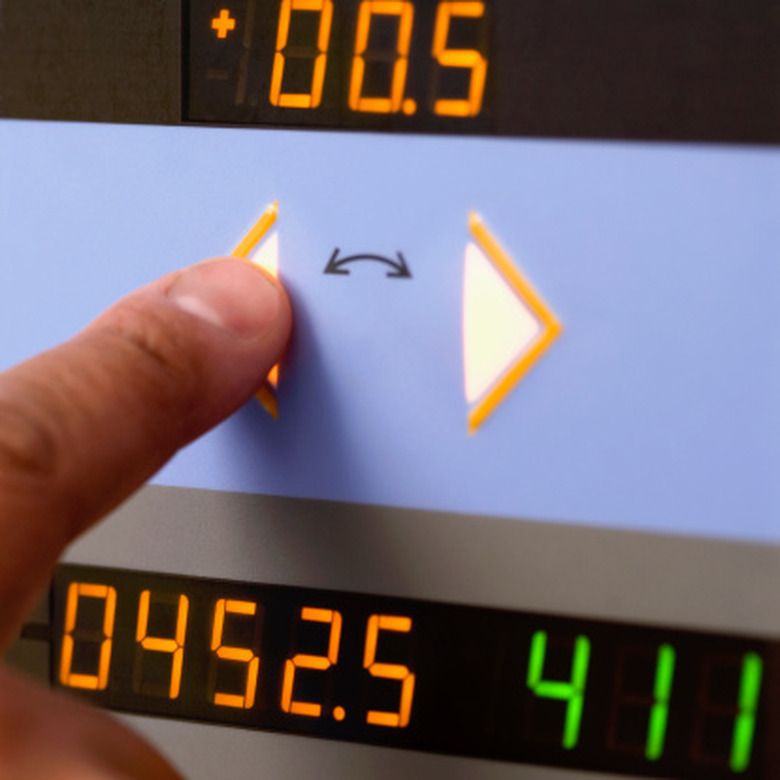How To Find The Least Common Denominator Of A Decimal
Finding the least common denominator for fractions is essential if you want to add them up, as they cannot be added until their denominators are the same. Finding the least common denominator of decimals requires converting your decimals into fractions. These mathematical formulas may seem complex and difficult until you understand the basic operations. This method will work with any number of decimals as long as you expand the process to include each decimal.
Step 1
Write a dash under each of your decimals. Write a 1 underneath each dash. This creates a basic fraction for your decimal. For example, 0.75 would look like 0.75/1. The top number of the fraction is the numerator, and the bottom is the denominator.
Step 2
Multiply the numerator and denominator by 100 to get your full fraction. For example, 0.75/1 would be converted into 75/100. Do this with each of your fractions.
Step 3
Reduce your fractions by finding a number with which you can divide both numerator and denominator. For example, you can reduce 75/100 to 3/4 by dividing 75 and 100 by 25. Reduce each of the fractions until the numerator and denominator of each can no longer be divided by a common number.
Step 4
Write the denominator of each fraction down in a vertical row on your paper. For example, if you have 1/5, 1/6 and 1/15 as your fractions, write down the 5, 6 and 15. Ignore the numerator for the next few steps.
Step 5
Use your calculator to find the multiples of each number all the way up to 10. Do this by multiplying each number by 2, 3, 4 and so on. Write these multiples to the right of the number with which they correspond.
Step 6
Look through your lists of multiples until you find a number all three of the denominators share. For example, 5, 6 and 15 all share 30 as a multiple. Find the lowest of these numbers. This is your lowest common denominator.
Step 7
Divide all your denominators by the multiple you have found. For example, you would divide 30 by 5, 6 and 15. Your results will be 6, 5 and 2, respectively. Write these numbers next to your reduced fractions.
Step 8
Multiply the numerator of each fraction by its corresponding numbers found in Step 6. For example, you would multiply the 1 in 1/5 by 6, the 1 in 1/6 by 5, and the 1 in 1/15 by 2.
Step 9
Write the new numerators down and write the least common denominator underneath. For our example, we would end up with 6/30, 5/30 and 2/30. You can now add up these numbers. The result here would be 13/30. Make sure you reduce your fractions if possible. Here, we cannot as 13 is a prime number, meaning it can't be divided by any number besides 1 and itself.
Cite This Article
MLA
Benac, Eric. "How To Find The Least Common Denominator Of A Decimal" sciencing.com, https://www.sciencing.com/least-common-denominator-decimal-8462760/. 24 April 2017.
APA
Benac, Eric. (2017, April 24). How To Find The Least Common Denominator Of A Decimal. sciencing.com. Retrieved from https://www.sciencing.com/least-common-denominator-decimal-8462760/
Chicago
Benac, Eric. How To Find The Least Common Denominator Of A Decimal last modified August 30, 2022. https://www.sciencing.com/least-common-denominator-decimal-8462760/
